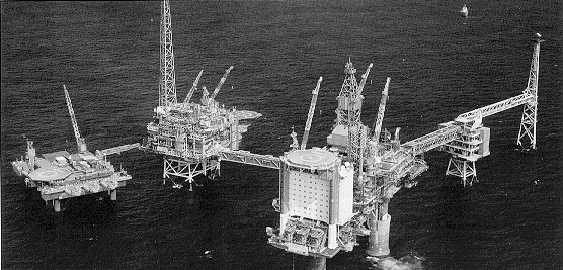



A Real Options Analysis of a GHG Sequestration Project
The paper is available in .pdf - here.
Abstract
Several organisations in the upstream petroleum industry have begun to incorporate the cost of dealing with greenhouse gas (GHG) emissions into their project evaluation processes. The risks due to these costs, like many other petroleum project risks, involve long lead times demanding a flexible response. Moreover, the patterns of risks in these costs are complex and different from other more standard petroleum industry risks. Therefore, some organisations want to develop expertise in using, for this purpose, evaluation techniques that are geared to dealing with the management of flexibility in the face of unusual and complex uncertainty.
This paper presents an application of real option analysis (ROA) to the evaluation of a geological GHG sequestration option. ROA combines decision tree analysis (DTA), if needed, to take into account the flexibility considerations, with market-based valuation (MBV) to deal with complex and unusual patterns of uncertainty.
We have examined situations where the key non-diversifiable uncertainties underlying the asset decision are in energy prices and in the prices of GHG emission permits issued under a "cap and trade" system of regulation, focussing on natural gas and CO2. In previous work presented at special sessions in the two IAEE meetings in 2002, we used a combination of expert opinion from various domains to construct a model of these prices for use in the ROA of energy-based industrial projects.
In this paper, we apply this model to a situation where the developer of an offshore gas field can create the opportunity to sequester geologically some or all of its stripped-off CO2 using natural gas as its energy source to do so.
We have also looked, for the sake of comparison, at this opportunity if there is known time-dependent tax on emissions set to the expected price in our "cap and trade" model
We value the sequestration option as an annual series of "sequester vs. vent" choices, where the effective revenue is the cost of the permits or the tax avoided. Then we look at the optimal timing for the creation of the option, if that timing must be specified with certainty now. Finally, we determine the value of a current investment that would decrease the future cost of the sequestration plant.
We have done this analysis using standard single-scenario and probabilistic discounted cash-flow (DCF) analyses with a typical DCF discount rate, as well as using ROA.
The DCF estimates of the value of the sequestration plant once it is constructed are less than the ROA estimate in each situation. The DCF methods also attribute less value to the current investment to decrease future sequestration costs. Finally the DCF analyses suggest that the sequestration plant be constructed later than does ROA. The differences between the ROA and DCF results are greater if the there is the known tax on emissions rather than an uncertain permit price.
In this paper, we explain the reasons for these differences.
If you download something from this website, please let us know your contact coordinates (name, email address and telephone number, and your organisation and position, if applicable) by emailing:
.
This information will be used to contact you by email about updates to this website, and only for that purpose, unless you request otherwise.
The photo is of the CO2 geological sequestration project in the Sleipner West gas field operated by Statoil in the Norwegian sector of the North Sea.